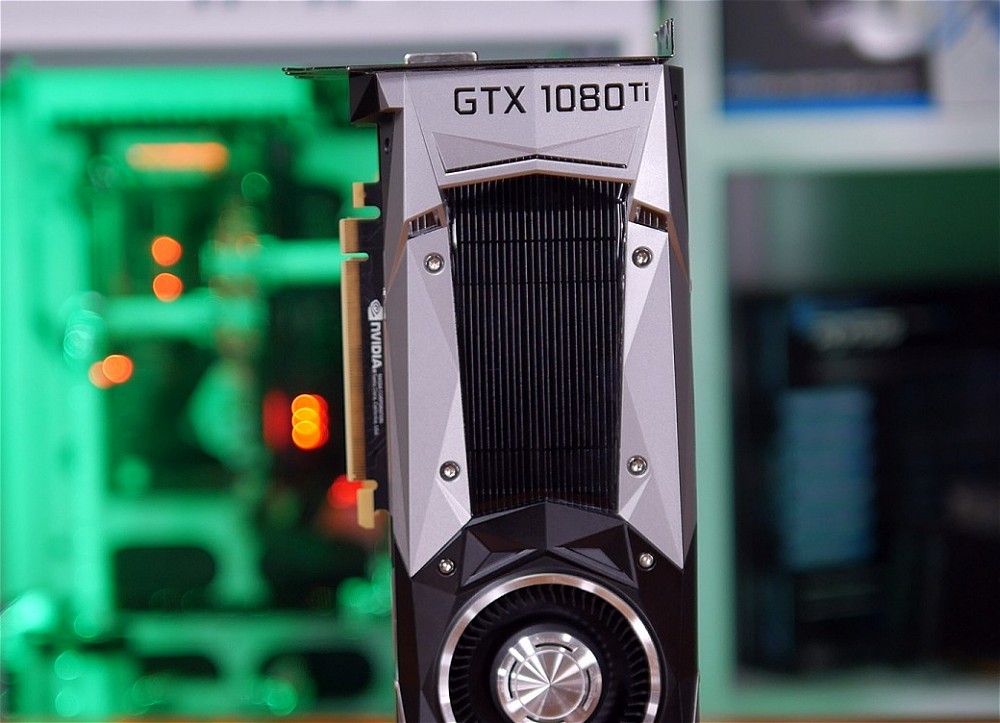The 4K performance is impressive.
Now you can get a single GPU that's 'somewhat affordable' for 4K gaming, or 2K @ 100+ Hz.
1440p widescreen curved monitors, typically 34" diagonal, roughly speaking, demand about half the GPU power of 4K. This is about as close to 2K gaming as you can get in today's market, I think. You can drive one of those monitors at ultra graphical quality quite well with a GTX-1080.
Problem: there aren't any G-sync compatible 1440p widescreen curved monitors on the market, yet. They're all Freesync compatible. AMD doesn't offer any GPUs yet that can drive them well enough, but that should change when Vega gets here.
Rumor has it that Samsung's quantum dot monitors, including their 34" widescreen 1440p monitor, will be available for G-sync later this year. But that's only a rumor. I don't think Samsung has made any official announcements for it yet.
For gamers wanting to get into 1440p widescreen today, they're kinda screwed. You can drive one with an nVidia Pascal card, but you won't get any display sync. You can get display sync with an AMD GPU, but the frame rates will be terrible. Or you can wait, either for Vega to get to the market, or for monitor vendors to offer G-sync in 1440p widescreen.
Be sure to pair G-sync monitors with an nVidia card, or Freesync monitors with an AMD card. If you neglect the proper pairing, you'll lose out on display sync, and that's a really nice technology for gamers to have.
